Hankow Customs Museum (江汉关博物馆) is a comprehensive regional museum located in Wuhan, China. It consists of three distinct institutions: the Jianghan Customs Museum, the Memorial Hall of the Former National Government of Wuhan, and the Zhan Tianyou Residence Museum. Each of these museums is built around historically significant sites, namely the Jianghan Customs Building, the Hankou Foreign Concession Building (Nanyang Building), and the former residence of the renowned engineer Zhan Tianyou.
Together, these museums serve as a vital repository of artifacts, documents, and exhibits related to the modern history of Wuhan, offering a profound educational experience and contributing to the city’s cultural enrichment.
Table of Contents
- Basic Information
- Three Institutions
- Vlog about Hankow Customs Museum
- Attractions near Hankow Customs Museum
- Other Museums in Wuhan
Basic Information
| Website | http://www.jhgmuseum.com/ |
| Estimated Length of Tour | 3 hours |
| Ticket Price | Free |
| Opening Hours | 9.00 – 17.00; Last admission: 16.00 (Tuesday – Friday) 9.00 – 18.00; Last admission: 17.00 (Saturday and Sunday) Closed on Mondays |
| Telephone Number | 0086-027-82880866 |
Three Institutions
Jianghan Customs Museum: Tracing the Roots of Wuhan’s Global Trade
Situated at 129 Yangtze River Avenue, Hankou, the Jianghan Customs Museum opened its doors to the public in 2015. Spanning an area of 1,499 square meters with a total building area of 4,359 square meters, the museum features exhibition halls occupying 2,300 square meters. Its core exhibition is divided into three sections: “The Opening of Hankou,” “Challenging Endeavors,” and “Towards Glory.”
Beginning with the pivotal year 1861 when Hankou was designated as a treaty port, the museum’s exhibits serve as a gateway into the complex history of Wuhan. Utilizing a diverse range of artistic methods, including photographs, illustrations, charts, oil paintings, scene recreations, touch screens, and multimedia displays, the museum offers a comprehensive view of the city’s rapid rise and its struggles on the path to modernization following the establishment of customs in the region.
Memorial Hall of the Former National Government of Wuhan: A Testament to Cooperation and Governance
Located at 708 Zhongshan Avenue, Hankou, the Memorial Hall of the Former National Government of Wuhan holds a unique place in history. It was originally constructed in 1921 as the office building for the South China Brothers Tobacco Company, a venture financed by patriotic overseas Chinese, the Jian brothers. This edifice stands as the sole surviving central government office born out of cooperation between the Nationalist and Communist forces. The main building comprises five floors, covering 885 square meters of land with a total built-up area of 4,747 square meters, while the annex consists of four floors, occupying 326.5 square meters of land with a built-up area of 1,306.14 square meters. This architectural marvel is a symbolic part of Wuhan’s rich historical and cultural heritage.
In 1988, the Memorial Hall was officially opened to the public, welcoming visitors to witness the history of the National Government of Wuhan, from its inception to its dissolution. The exhibition is a treasure trove of historical documents and images that bring to life the complex history of governance, highlighting the cooperative spirit of the time.
Zhan Tianyou Residence Museum: Celebrating a Visionary Engineer
The Zhan Tianyou Residence Museum, situated at 65 Dongting Street in Jiang’an District, Wuhan, was established to honor the legacy of the eminent Chinese engineer Zhan Tianyou, who played a pivotal role in the nation’s modern railway development. Zhan Tianyou lived in this residence from 1912 until his passing in 1919. In January 1993, the Zhan Tianyou Residence was transformed into a memorial museum and officially opened to the public on April 26th of the same year. The exhibition unfolds in four thematic sections: “Early Years and Studies in the United States,” “Dedication to Railway Construction,” “Advancing Science and Technology,” and “Fervent Commitment to National Railways.”
The museum offers a deep dive into the life of this remarkable patriot through the use of historical photographs, written materials, and select artifacts. Visitors can explore the journey of this celebrated engineer and his contributions to the nation’s technological advancements.

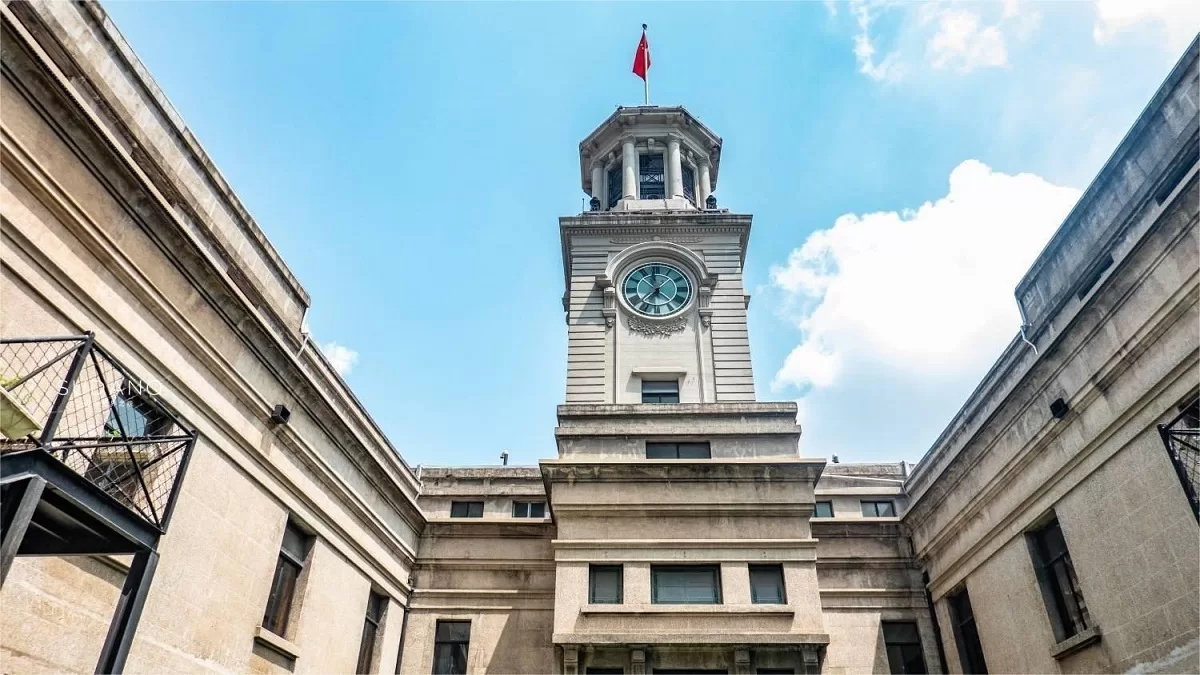
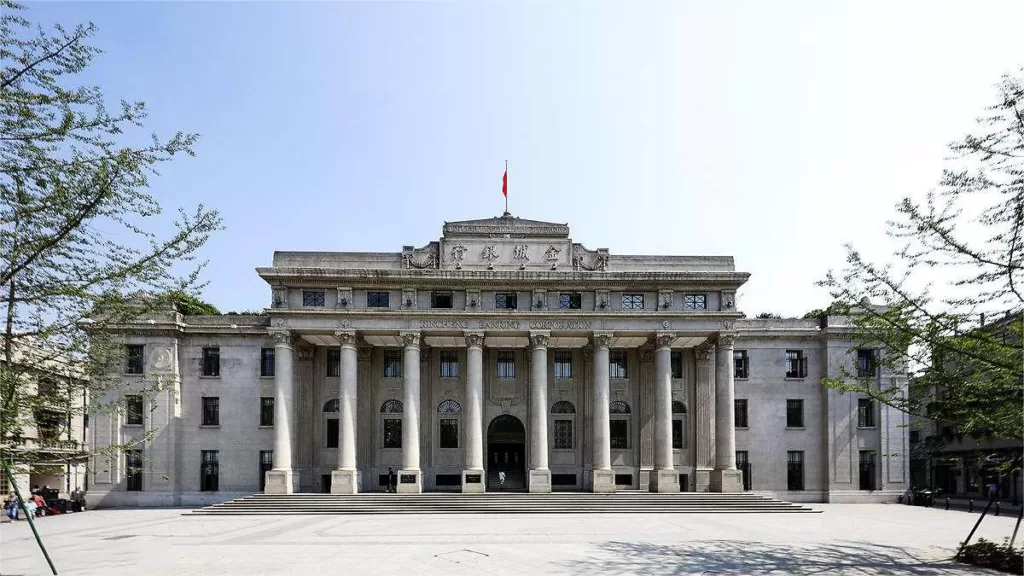

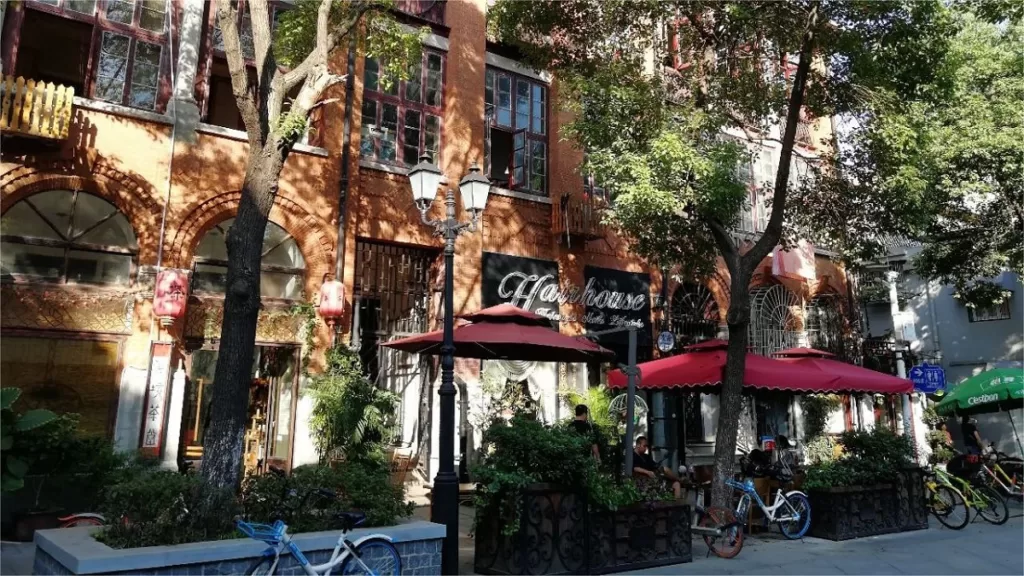

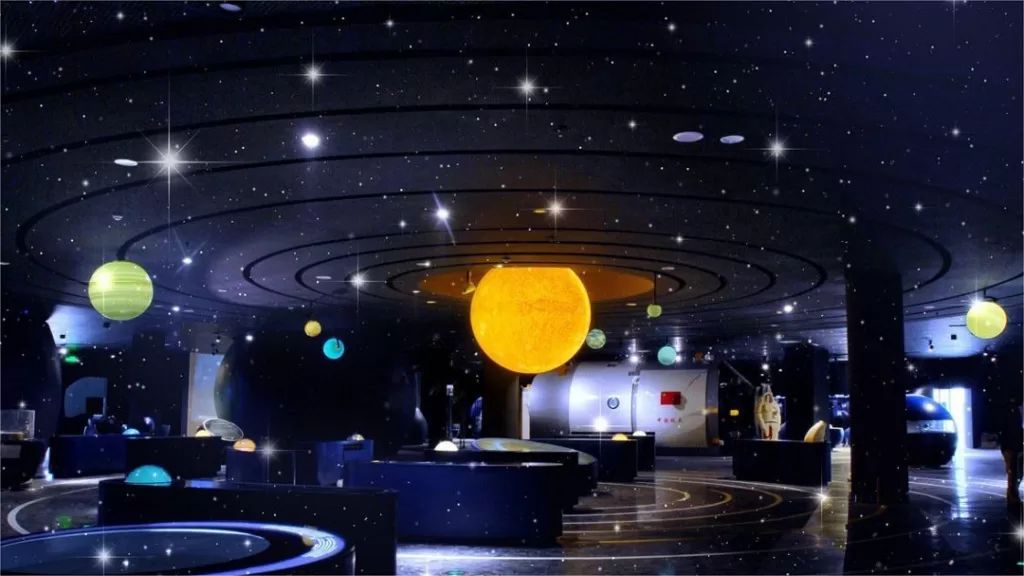
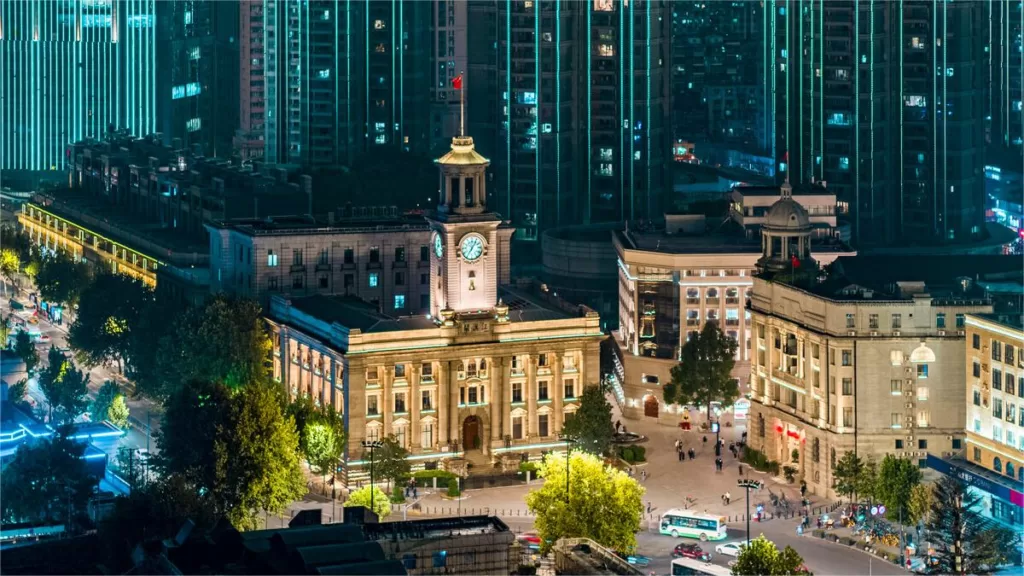

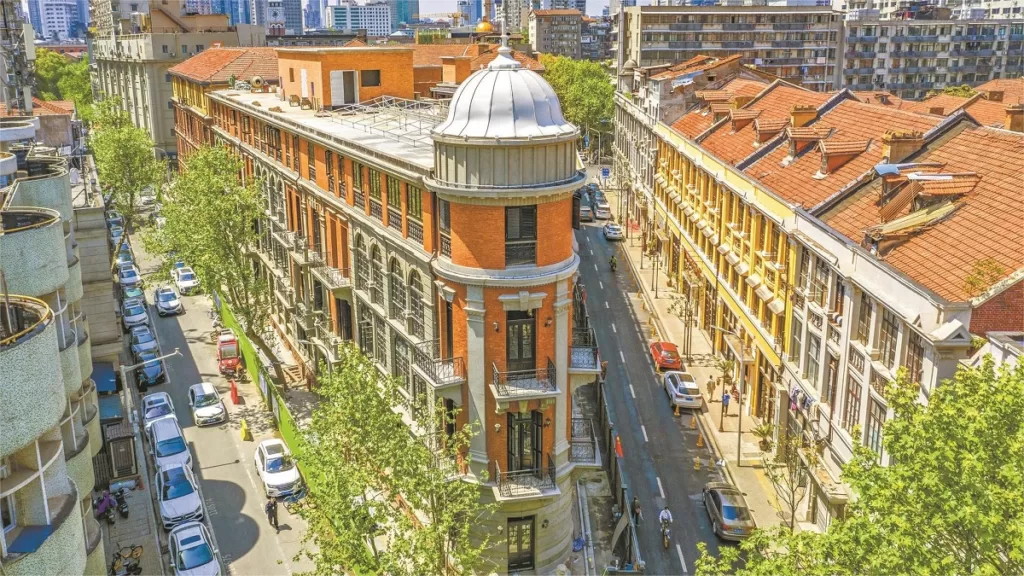
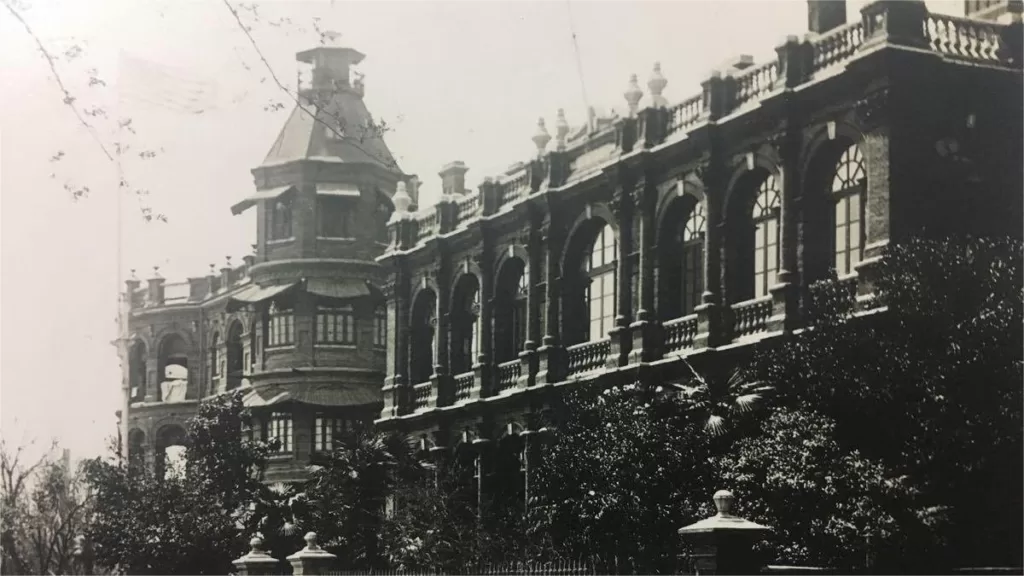


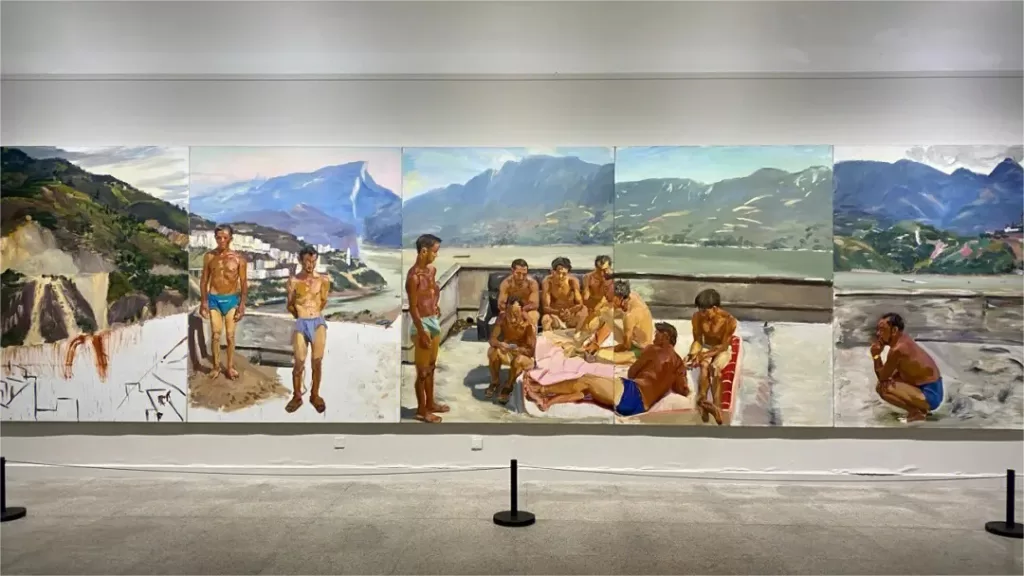
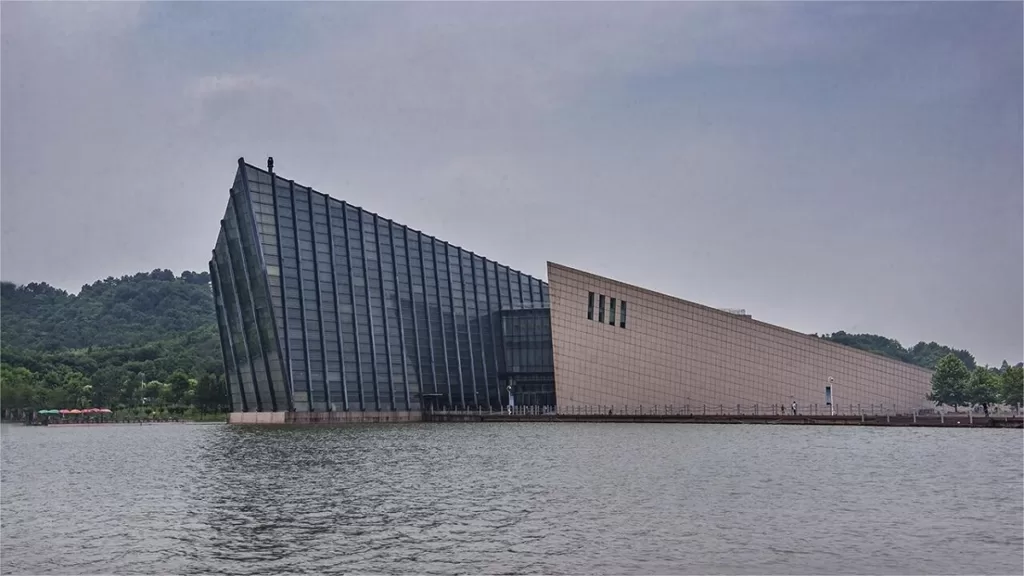
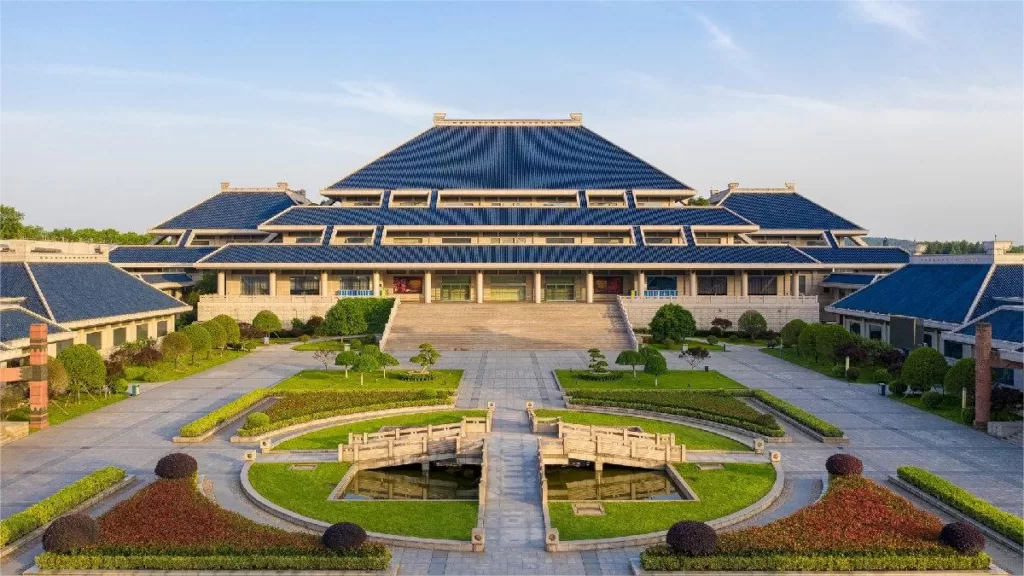
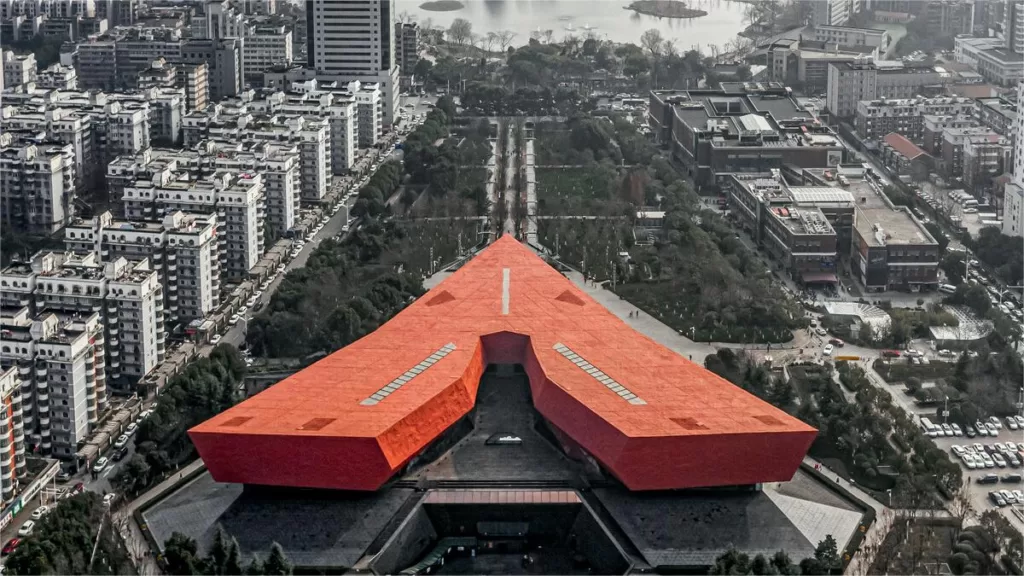

The vintage walkways and stairs are great for taking photos. There is an outdoor balcony where you can get a close look at the Bell Tower. Recently, the second floor has also opened a Gulangyu Cultural Relics exhibition.